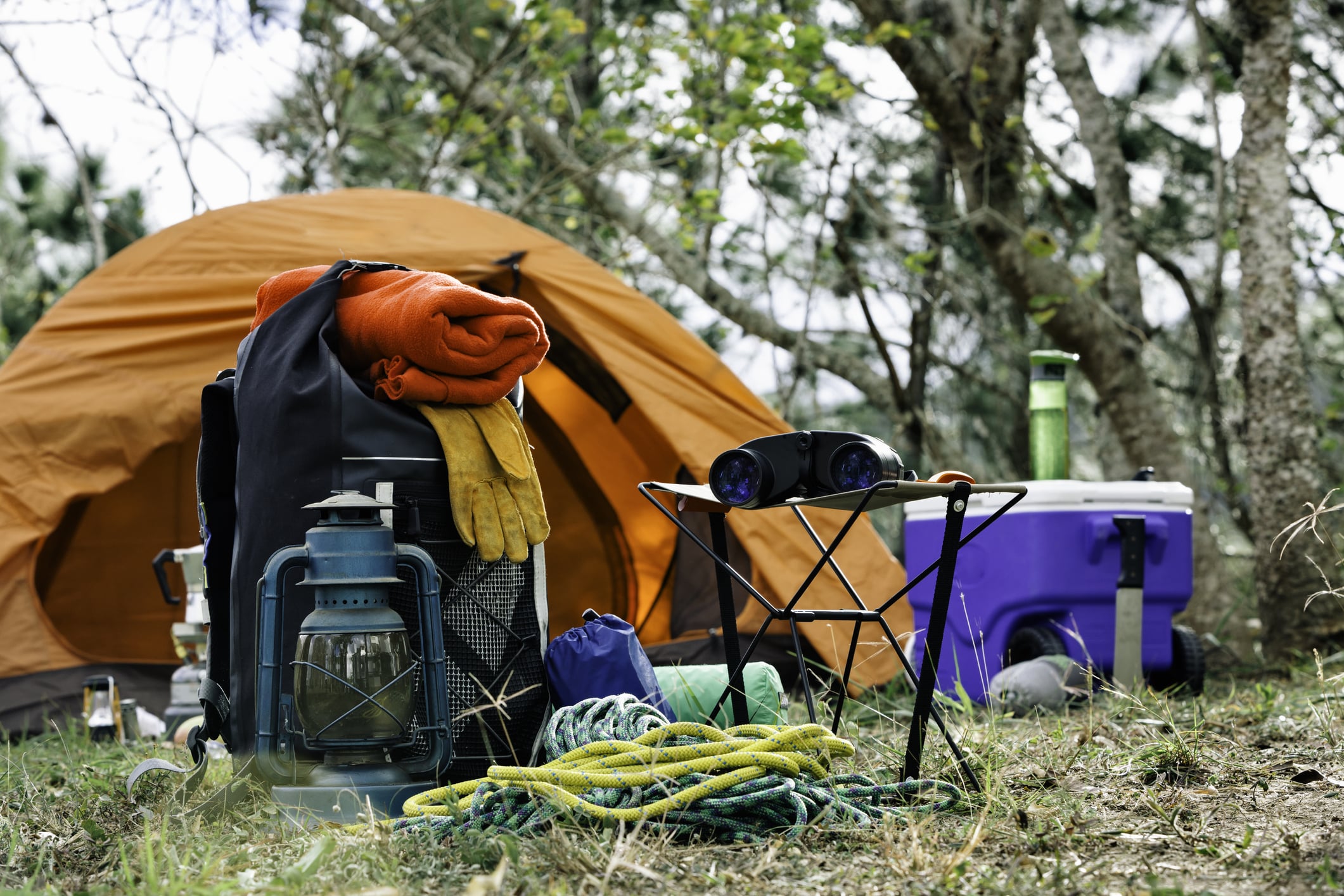In the untamed wilderness, survival often depends on your ability to adapt and find shelter. Off-the-Grid Emergency Shelter provides a lifeline in the great outdoors. This comprehensive guide will equip you with the knowledge and essential skills needed to build and use emergency shelters in remote locations. Whether you’re an outdoor enthusiast, or adventurer, or just want to be prepared for the unexpected, this guide has you covered.
The Importance of Wilderness Shelters:
Seeking Safety in Nature’s Wrath
When you venture into the wild, the unpredictability of the environment necessitates preparedness. Off-the-Grid Emergency Shelter plays a pivotal role, offering protection from the elements and ensuring your survival. Let’s explore why these shelters are so crucial:
Types of Off-the-Grid Emergency Shelters:
A Shelter for Every Situation
There is no one-size-fits-all solution for an off-the-grid emergency shelter in the wilderness. Different scenarios require different types of shelters:
Lean-To Shelters:
Simple and effective, these shelters involve propping a long branch against a sturdy base to create a sloping roof, offering protection from rain and wind.
Tarp Shelters:
Lightweight and versatile, tarps can be configured into a variety of shelter designs, such as A-frames, flies, and hooches.
Debris Huts:
Constructed from natural materials like branches, leaves, and grass, debris huts provide insulation and protection from the cold.
Cave Shelters:
Nature often provides caves or overhangs that can serve as ready-made shelters, but they require careful assessment for safety.
Snow Caves:
In snowy regions, digging a snow cave can provide warmth and shelter from extreme cold.
Shelter Building Techniques:
Crafting Your Refuge
Constructing an off-grid emergency shelter is both an art and a science. Here are some fundamental techniques for building a shelter in the wild:
Site Selection:
Choosing the right location for your shelter is crucial. Consider factors like terrain, natural protection, and proximity to resources.
Frame and Support:
Properly secure the framework of your shelter to withstand the elements. Sturdy branches or materials like paracord can help.
Insulation:
Use available materials, such as leaves, grass, or even clothing, to insulate your shelter and keep warm.
Waterproofing:
Ensure your shelter is waterproof to protect against rain, snow, and moisture.
Survival Skills and Tools:
The Essentials
In addition to shelter-building skills, having the right tools and knowledge is essential for wilderness survival. These include:
Fire-Making Tools:
Fire provides warmth and a means of cooking food. Carry fire-starting tools like a ferro rod, waterproof matches, or a fire piston.
Navigation Skills:
A map and compass are indispensable, but also learn to use natural markers and the stars for direction.
First Aid Kit:
Accidents can happen. Having a well-stocked first aid kit can be a lifesaver.
Conclusion:
Your Wilderness Survival Toolkit
Off-the-grid emergency shelters are a critical part of your wilderness survival toolkit. With the right knowledge, skills, and tools, you can venture into the wild with confidence, knowing that you can adapt to nature’s challenges. From crafting a basic lean-to to fashioning a snow cave in the alpine, your ability to build and use emergency shelters is your passport to off-grid adventures.
Mastering the Lean-To:
The Easiest Emergency Shelter
Lean-to shelters are simple, effective, and ideal for beginners. Learn how to construct one and enjoy the simplicity of this survival skill.
The Art of Camouflaging:
Blending with Nature
Camouflaging your shelter can be crucial in some survival situations. Discover the art of making your shelter blend seamlessly into the natural surroundings.
Surviving Extreme Conditions:
Harsh Environments
In extreme conditions, such as heavy snow or desert heat, you need specialized shelter-building techniques. Explore how to adapt to the harshest environments.
With your knowledge and the right gear, you can brave the wild with confidence. Remember, the key to survival is adaptability and preparedness. Equip yourself with the skills and techniques you’ve learned in this guide, and you’ll be ready to face the challenges of off-grid living and wilderness survival.

Leave a Reply
You must be logged in to post a comment.